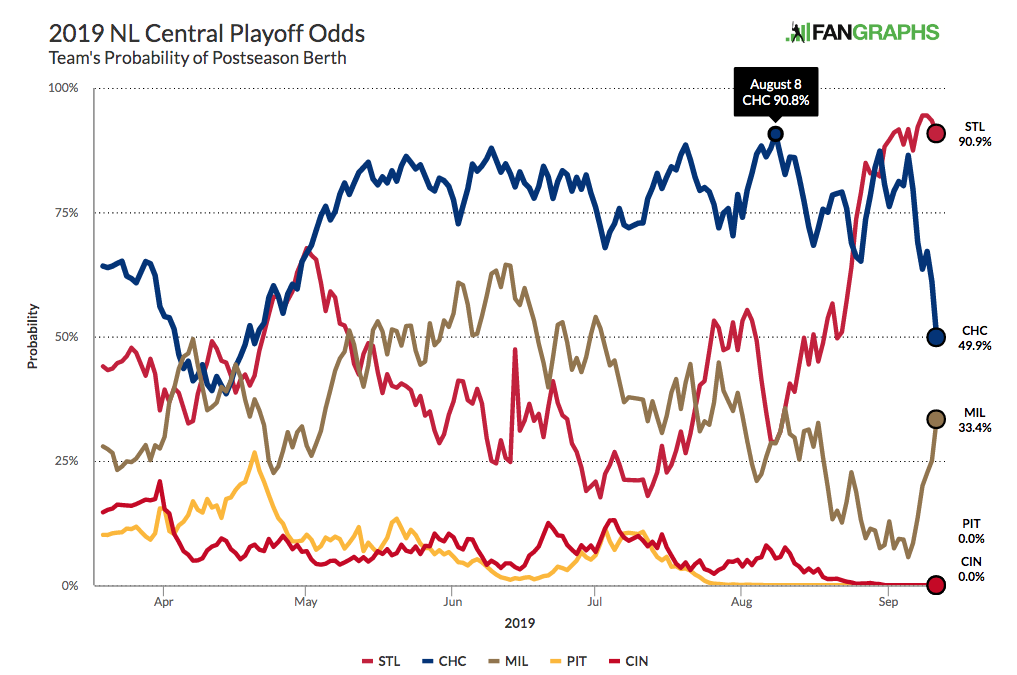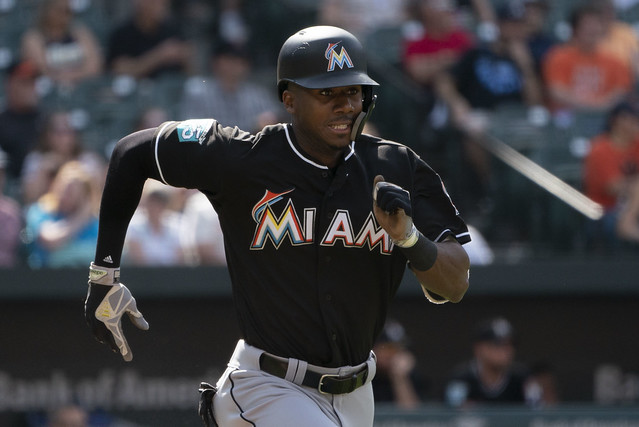The Diamondbacks Have Transformed
The 2017 Arizona Diamondbacks were an unexpected delight, an eventual playoff team that was projected to be near the bottom of the NL West before the season. They had star power to burn; with Paul Goldschmidt and A.J. Pollock anchoring the lineup and Zack Greinke and Robbie Ray at the front of the rotation, the team had a top four to rival any team in baseball. After that, though, the drop off was severe. Maybe you could squint and see greatness in Jake Lamb, maybe you believed in the Shelby Miller bounce back, but the depth simply wasn’t there.
Those Diamondbacks made the postseason and won the Wild Card game, fueled by a deadline trade for J.D. Martinez, but their stars-and-scrubs construction was worrisome. Pollock missed time with injury, David Peralta didn’t take a step forward, and the cupboard generally looked bare. While the team’s pitching staff looked more promising thanks to breakouts from Patrick Corbin and Zack Godley, it wasn’t built to last. Corbin was only a year from free agency, Greinke was getting older, and Godley was more league average than a star in waiting.
By the end of 2018, that iteration of the Diamondbacks was no more. Pollock and Corbin left in free agency, Goldschmidt was a Cardinal, and the team made no secret that it was shopping Greinke. For those of you keeping score at home, that’s all their stars other than Ray, and he had underperformed massively in 2018. We baseball fans are pattern matchers, and this pattern is an easy one to spot: it was time for a tank and rebuild.
Well, a funny thing happened on the way to the bottom of the standings. The Diamondbacks, projected for the fourth-worst record in the NL before the season, are clinging to the fringes of the playoff hunt, with a 5.3% chance of reaching the Wild Card game. They’re 75-71, on the verge of putting together their third straight winning season. Most impressively, they’re doing it with an entirely new cast of characters. Read the rest of this entry »


 Dan Szymborski
Dan Szymborski
